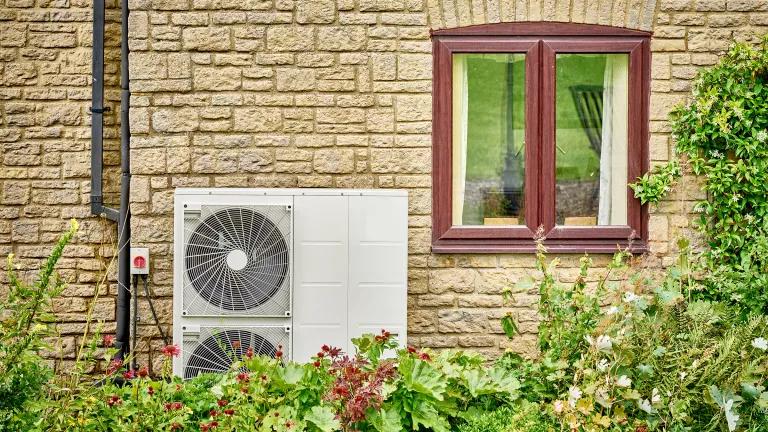Four Ways Californians Can Help Avoid Rolling Blackouts

Like many Californians, I just received a robocall from my utility letting me know that it may need to turn off my electricity for a few hours on each of the next few days due to an extended heat wave. Our electric grid is stressed due to temperatures exceeding 100 degrees in many parts of the state and other factors.
To reduce peak demand and stress on the grid, especially during times of the day when the sun isn’t shining and generating solar power or the wind isn’t blowing, there are several things each of us can do to decrease the amount of electricity we need to power our lives. And if we all step up, we can probably keep the lights on for everyone and avoid rolling blackouts. The ideas below fall into two categories: using less energy and shifting the time of day we use energy-consuming appliances.
1. Smart cooling
During heat waves, air conditioning is California’s largest source of electricity consumption. Some energy-saving actions to consider: raise the thermostat on your A/C to at least 78 degrees F for the next few days; during periods of the day when it’s not blazing hot, use a ceiling or portable fan instead of your A/C. Also, remember to turn off the fan when you leave the room, close drapes and blinds during the day to keep the sun from heating up a room, and clean/replace your air conditioner’s filter. All these steps can help cut your electricity consumption.
2. LED light bulbs
LED bulbs use 6 times less power to generate the same amount of light as the old incandescent versions. If you still have incandescent or halogen bulbs installed in your home, replace them with LEDs. This is critically important as most of our lighting is used late in the day when little to no solar power is being generated. And more than ever, it’s important to turn off lights when you leave the room and also to dim them when you can, such as when watching TV in the evening.
3. Rethink when to run appliances
Large appliances, such as clothes washers, dryers, and dishwashers, are major electricity users too. Only run full loads and avoid running the machine between 3 and 10 p.m., the period when the electric system is most stressed. This “load shifting” can really make a difference. Also, a clothes dryer, which is really a big blow dryer in a box, uses lots of energy so consider drying your laundry on a clothesline.
4. Use gadgets wisely
There has been an explosion in the number of consumer electronics installed in our homes. To help minimize their electricity use: a) make sure the auto power down features are still enabled on your computers, monitors, and video game consoles; b) turn off that massive new TV when you aren’t in the room; and c) don’t stream movies through a game console as it uses at least ten times more energy than viewing through an app on your TV or through a low-power streaming device like Roku or Apple TV.
Longer-term, always buy appliances, electronics, and equipment with the ENERGY STAR® label. That way you can be assured that you are buying one of the more efficient models on the market. That will help reduce your utility bill for many years to come and the amount of power the state needs to generate, especially during extended heat waves—the likes of which we are due to experience a lot more often due to climate change.



